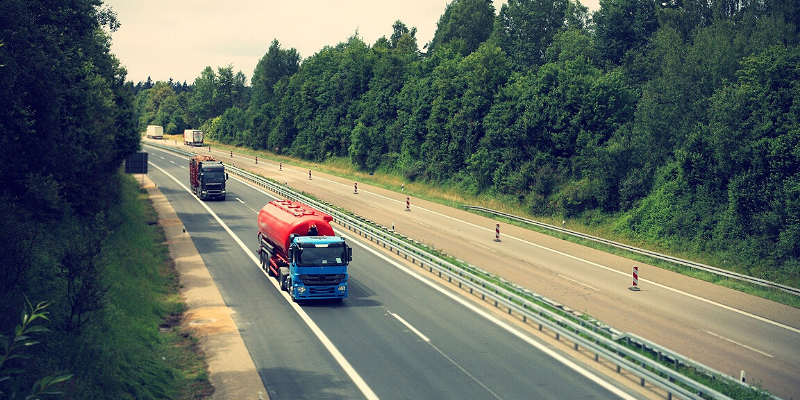The role of biomethane towards decarbonising the heat and transport sectors

What is biomethane?
At present, most biomethane (renewable gas) generation/production is through the process of upgrading biogas (comprised of around 60% methane (CH₄) and 40% carbon dioxide (CO₂)). Biogas is produced through the process of anaerobic digestion of organic materials, such as agricultural and food waste. Biomethane can be used as a direct substitute for natural gas and used as a fuel in applications such as heating, transport and electricity generation since it has the same properties as natural gas - achieving methane (CH₄) content levels greater than 96%.
Other emerging means of producing biomethane include:
- BioSNG (Bio Synthetic Natural Gas) plants – which produce synthetic gas from feedstocks, such as dry organic material, including waste from landfill, through the thermal process of gasification. The syngas is then further refined to create biomethane.
- Micro-algae – biomethane is produced through the process of direct transformation of micro-algae in a photosynthetic reactor. This is still in the research and development stage.
The role of biomethane in contributing to decarbonising the natural gas network or 'greening the gas grid'
Biomethane can theoretically be directly injected into the existing gas network as a low-carbon alternative to natural gas, using the existing infrastructure. Decarbonisation of the gas grid or ‘greening the gas grid’ is essential to reach future renewable energy targets, particularly for heating.
In Great Britain (GB), biomethane is already being injected directly into the gas grid at a number of anaerobic digestion/biogas upgrading facilities. For example, the AB Agri anaerobic digestion plant in North Yorkshire has the capacity to process 60,000 tonnes of waste per annum, with the resultant biomethane being directly injected to the gas network at the site.
In Ireland, by 2030, Gas Networks Ireland (GNI) plans to achieve 20% renewable gas on the gas network. The first purpose-built injection facility for biomethane is located in Nurney, Co. Kildare. In 2019, biomethane was injected to the network via this injection facility for the first time. There are plans to implement a network of injection facilities throughout Ireland.
Biomethane as a transport fuel
The transport sector is one of the most challenging sectors to tackle in terms of decarbonisation. Reliance on diesel and petrol vehicles needs to be phased out to achieve decarbonisation of the sector, plans are already in place to do so. In their ‘Road to Zero’ strategy, the UK Government has indicated a ban on the sale of diesel and petrol cars, with all new cars and vans to be effectively zero-emissions by 2040. The Scottish Government aims to phase out the need for petrol and diesel vehicles by 2032 and the Irish Government, in their 2019 Climate Action Plan has indicated the intent to introduce legislation to ban the sale of new fossil fuel cars from 2030.
It is unlikely there will be a single solution to decarbonising the transport sector, however, biomethane is likely to play a part. The future fuel mix of the transport sector could be made up by a number of fuels such as biomethane, natural gas, electric vehicles (EVs), hydrogen and hybrids.
There are examples of biomethane fuelled vehicles, already on the road. For example, Virginia International Logistics, based in Co. Cavan, was the first haulier in Ireland to complete a zero-carbon delivery of Irish beef to Europe in a Heavy Goods Vehicle (HGV), powered by renewable gas.
Diversification in energy supplies, particularly in the heat and transport sector, is vital for the UK and Ireland in the coming years to decarbonise both sectors. It is likely that biomethane will play a role in contributing to this.


